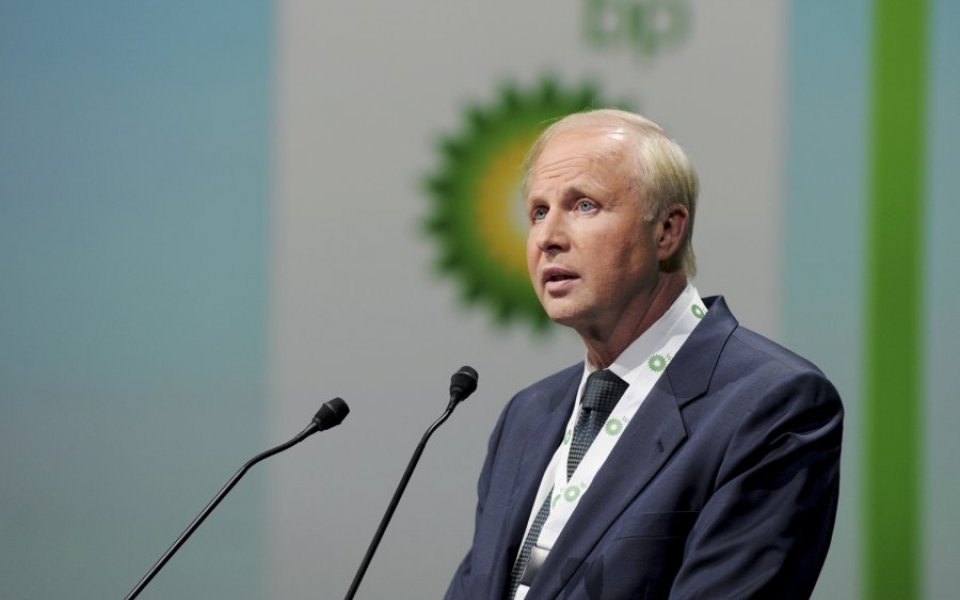BP forecasts shale output to soar despite Saudi stand-off

Saudi Arabia’s plan to drive out US shale producers will not work, according to BP’s Energy Outlook for 2016.
The widely-read annual report predicts a 34 per cent rise in global energy consumption by 2035, almost 80 per cent of which will be supplied from fossil fuels. However, it forecasts stronger growth in shale that will weaken demand for conventional oil and gas.
The oil price rout has been the main focus of the energy sector over the past year, fuelled by a stand-off between Opec’s de facto leader Saudi Arabia and US shale producers.
BP appears not to think that Saudi Arabia’s “lower for longer” strategy to push out its competitors will work, saying in the report: “the stronger growth in shale oil and gas crowds out both conventional supplies of oil and gas as well as other fuels”.
The BP Energy Outlook expects the share of shale gas in total production globally to increase from just over 10 per cent in 2014 to nearly a quarter by 2035.
For the first half of the period, almost all of this growth will stem from the US, the report said.
US shale production is set to grow from around four million barrels per day (bpd) today to eight million bpd in the 2030s, according to the report.
By the mid 2020s growth will start to come from China, so that by 2035, China is the largest contributor to growth in shale gas production.
BP expects gas to be the fastest growing fossil fuel, at 1.8 per cent per year, with oil growing at 0.9 per cent per year.
Oil’s share of the world’s total energy supply is set to decline over the period to below 30 per cent, putting it only slightly ahead of gas.
BP’s chief executive Bob Dudley said: “Our industry remains focussed on the continuing weakness in the oil market.
“There are clear signs that the market is adjusting and that it will gradually rebalance.
“But the adjustment process is likely to be painful, and energy companies need to adapt to weather the storm.”
Growth of un-environmentally friendly coal is projected to slow to 0.5 per cent per year, bringing its share in the energy mix down to an all-time low by 2035.
Renewables are expected to grow rapidly at 6.6 per cent per year, causing their share in the mix to rise from around three per cent today to nine per cent by the end of the period.